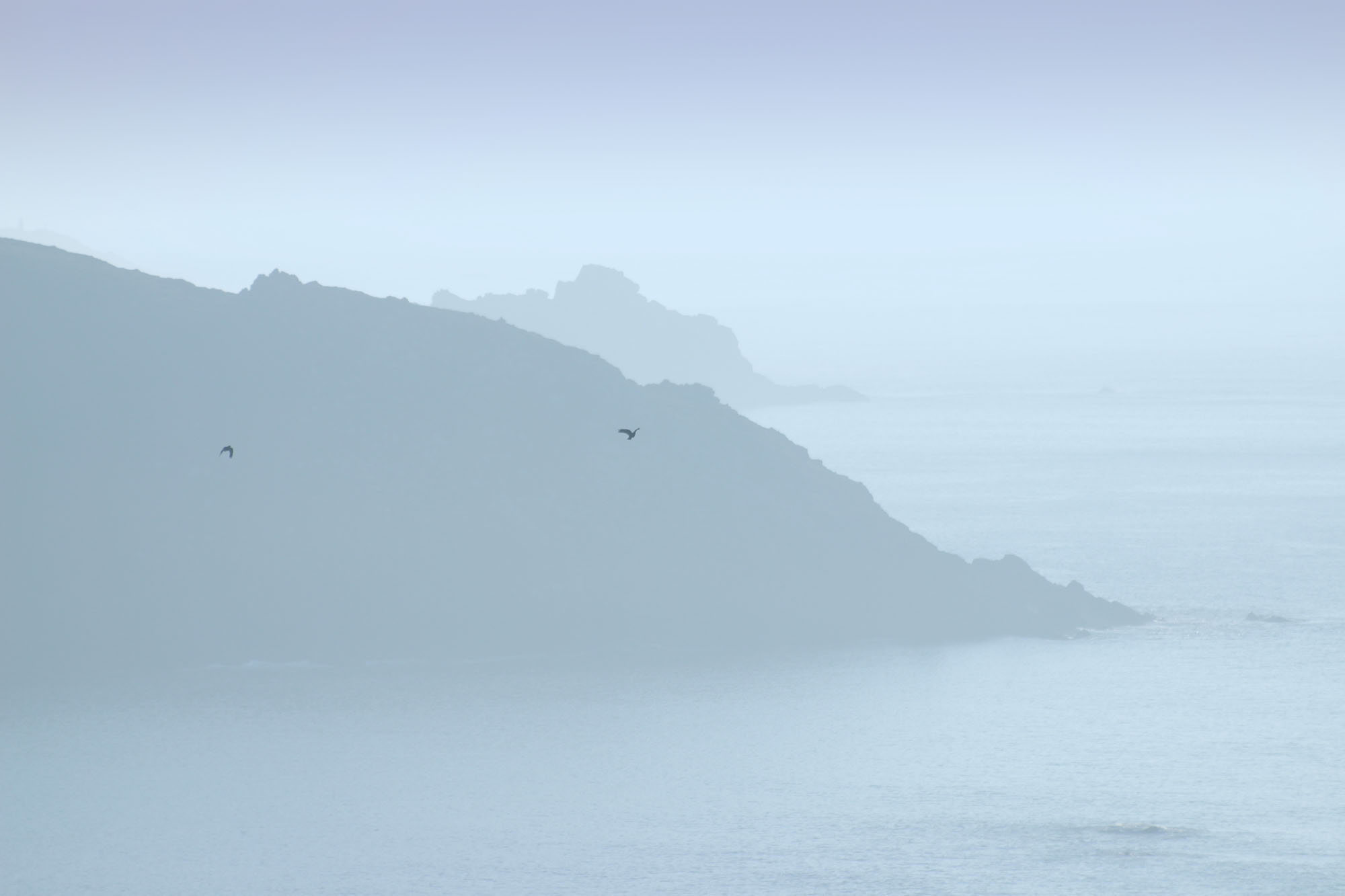Here is the first picture of the first nest of this year’s chough chicks. (Nest three).
We have designed the nest boxes in the breeding aviaries with a small inspection hatch at the back. This allows us to monitor weights, give supplementary feeds, and occasionally medication.
While the birds are distracted by someone, usually Ali, going into the front of the aviary with food, I can use the opportunity to open the hatch to carry out my secret duties. The adult birds tend to hide in a small space on top of the nest box while this is going on.
We get the birds used to these intrusions before any eggs are hatched, by using positive reinforcement. The adult birds associate a person coming into the aviary as a good thing. Person equals food. This makes our disturbances much less stressful for all concerned, except for Ray and Ali.























